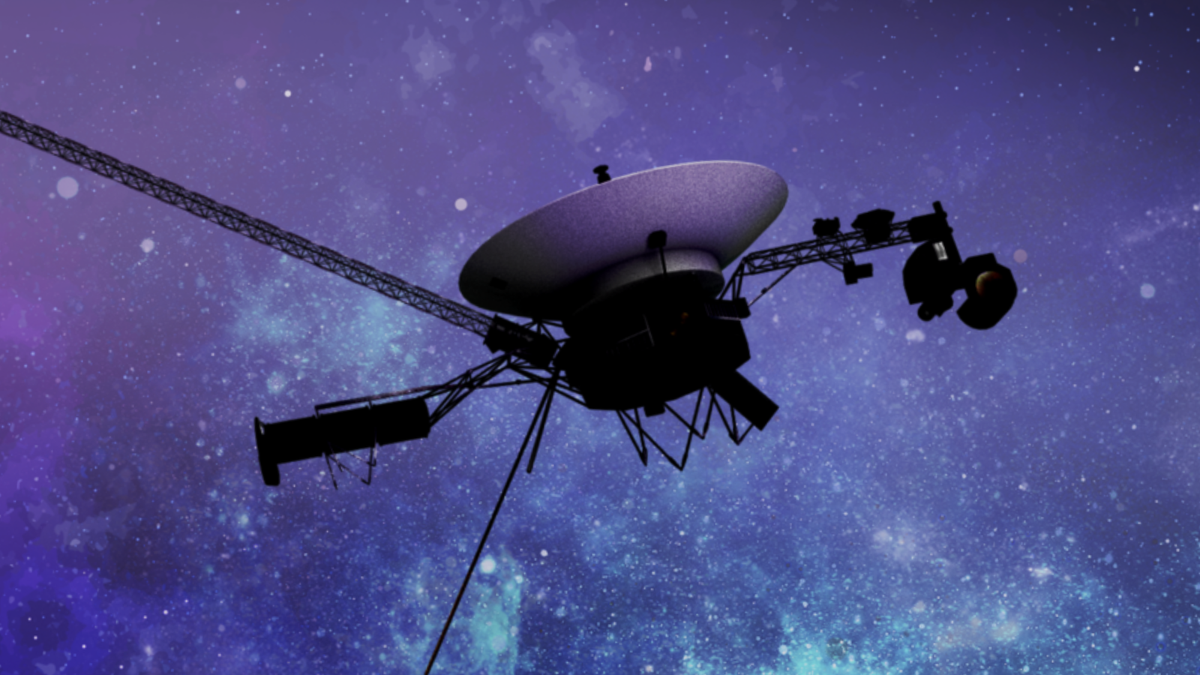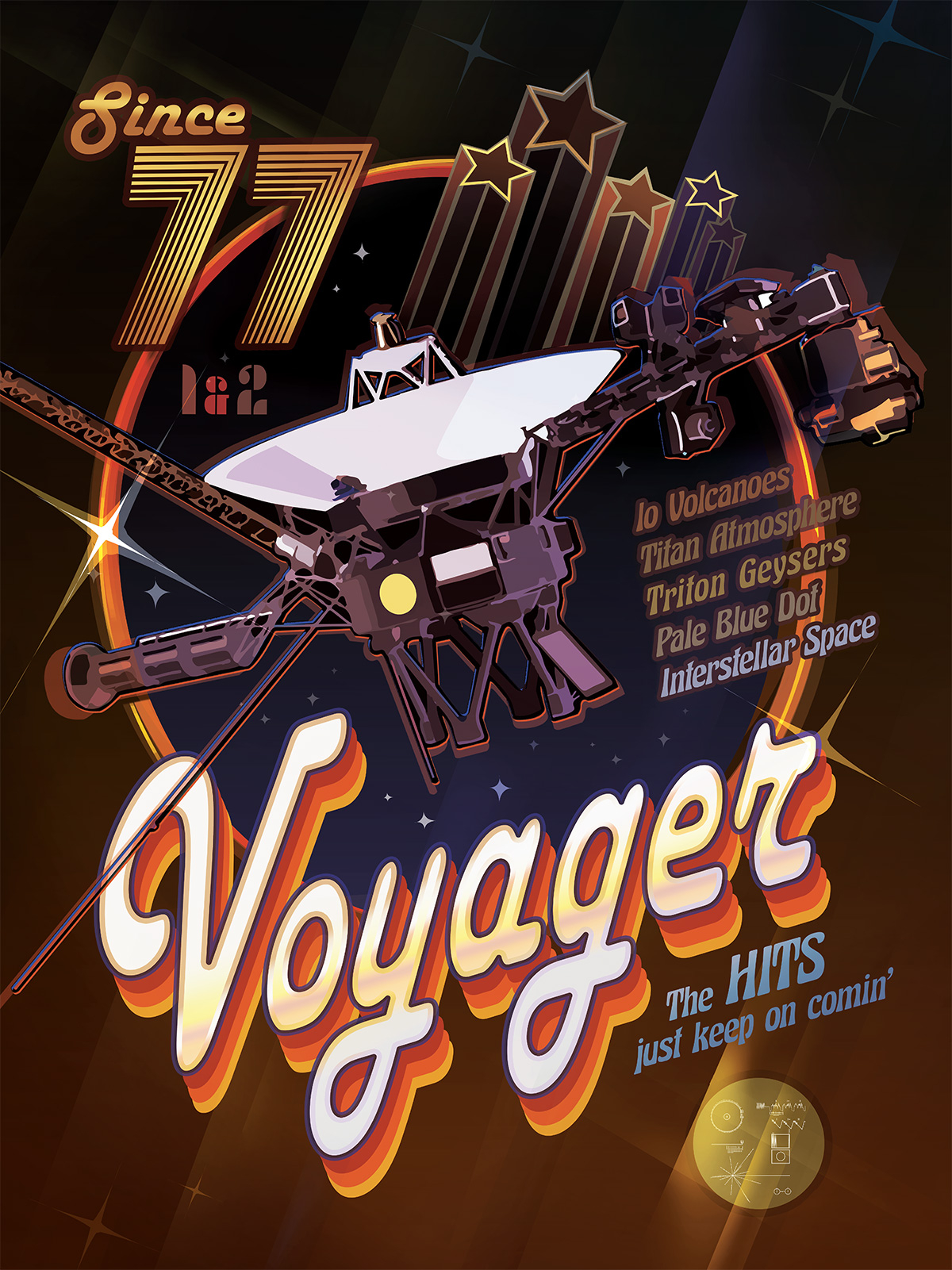
NASA engineers have discovered the cause of a breakdown in communications between Earth and the interstellar space explorer Voyager 1. A small portion of corrupted memory appears to be in one of the spacecraft's computers.
This defect caused Voyager 1 to send unreadable data to Earth, and is located in the NASA spacecraft's Flight Data Subsystem (FDS). This is the system responsible for packaging the probe's science and engineering data before the Telemetry Modulation Unit (TMU) and radio transmitter return it to Mission Control.
The source of the problem began to reveal itself when Voyager 1 operators sent a “poke” to the spacecraft on March 3, 2024. The goal was to prompt the DDS to send a complete memory readout to Earth.
The reading confirmed to the NASA team that about 3% of the FDS memory had been corrupted, and that this was preventing the computer from performing its normal operations.
Related: NASA finds a clue while solving a communications failure aboard Voyager 1
Voyager 1 was launched in 1977, and became the first man-made object to leave the solar system and enter interstellar space in 2012. Voyager 2 followed its space sister outside the solar system in 2018, and is still operating and communicating well with Earth.
After 11 years of interstellar exploration, in November 2023, Voyager 1's binary code — the computer language it uses to communicate with Earth — no longer makes sense. 0 and 1 don't mean anything anymore.
“In fact, communication between the spacecraft and Earth was still connected, but Voyager's voice had been replaced by a monotonous dial tone,” the Voyager 1 engineering team previously told Space.com.
The team strongly suspects that this defect is the result of one chip responsible for storing part of the affected portion of FDS memory stopping working.
However, at the moment, NASA cannot say for sure what the matter is exactly It caused this particular problem. The chip may have been hit by an energetic, high-speed particle from space, or it may have simply worn out after Voyager 1's 46 years of service.
Voyager 1 is currently located about 15 billion miles (24 billion kilometers) from Earth, which means it takes 22.5 hours to receive a radio signal from it — and another 22.5 hours for the spacecraft to receive a response via the Deep Space Network antennas. So solving this connection problem is not easy.
However, NASA scientists and engineers are optimistic that they can find a way to help FDS function normally, even without unusable memory hardware.
It may take weeks or even months to resolve this issue. According to NASA But if this problem is resolved, Voyager 1 should be able to resume returning scientific data about what lies beyond the solar system.

“Web maven. Infuriatingly humble beer geek. Bacon fanatic. Typical creator. Music expert.”






More Stories
Scientists confirm that monkeys do not have time to write Shakespeare: ScienceAlert
SpaceX launches 23 Starlink satellites from Florida (video and photos)
A new 3D map reveals strange, glowing filaments surrounding the supernova